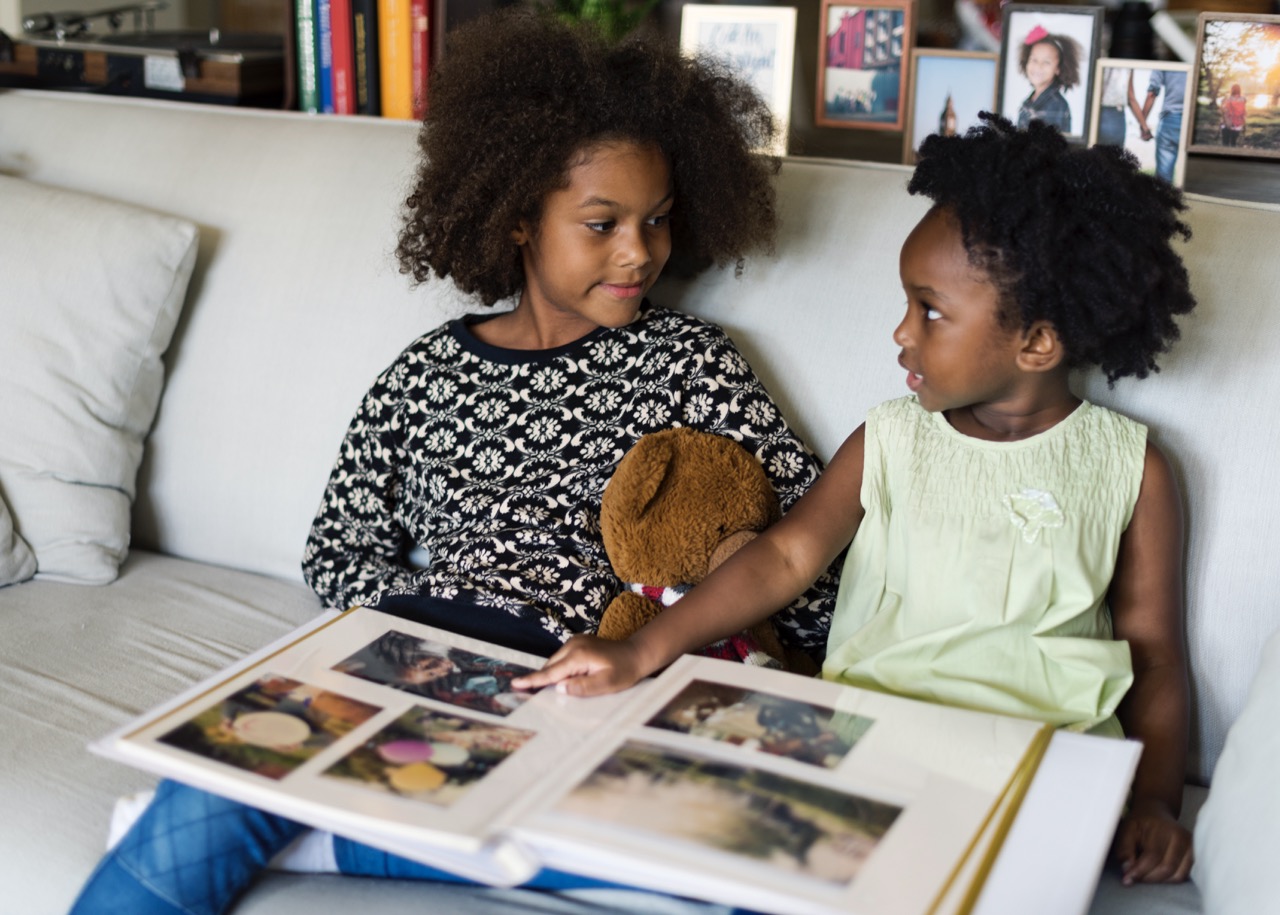Writing an adventure story is a thrilling way for children to express their imagination and creativity. Not only does it engage their minds, but it also helps them develop critical writing skills that will benefit them throughout their academic journey. By guiding them through the process of crafting their own adventure tales, parents and educators can foster a lifelong love of storytelling. This article outlines effective strategies to support kids in creating their very own adventure stories from the ground up.
Inspiring Creativity: The Joy of Adventure Storytelling
Adventure storytelling invites children to step into a world filled with excitement and possibilities. It allows them to become the heroes of their own tales, facing challenges and overcoming obstacles. This genre encourages kids to use their imagination and explore new ideas, which can be incredibly enriching for their cognitive development. When children create their own adventures, they learn to think critically and flexibly, skills that are essential in problem-solving.
Moreover, the joy of storytelling lies in its ability to transport readers to different worlds. Whether it’s a daring quest on a distant planet or a treasure hunt in the depths of the ocean, adventure stories can inspire a sense of wonder. By framing writing as an enjoyable and adventurous activity, kids are more likely to engage wholeheartedly in the process. This excitement can lead to improved writing skills and confidence in their abilities as storytellers.
Encouraging children to share their stories can further enhance their enthusiasm. Hosting a story-sharing session with family or friends can be a delightful way for kids to present their adventures. This not only builds confidence but also creates a sense of community, as they receive feedback and encouragement from others who appreciate their creativity.
Setting the Scene: Choosing the Right Story Elements
Every adventure story begins with setting the right elements that captivate the reader’s mind. Discussing key components such as characters, settings, and conflicts can help children understand what makes a compelling narrative. Encourage them to think about where their adventure takes place—be it a magical forest, a bustling city, or even outer space. This choice sets the tone for the entire story and can significantly influence the plot.
Characters are equally vital to an adventure story. They should be relatable and dynamic, offering readers someone to root for during their journey. Encourage kids to create protagonists with unique traits, strengths, and weaknesses. By developing rich characters, children can explore themes of bravery, friendship, and resilience, making their stories resonate on a deeper level.
Conflict is the heart of any good adventure. It introduces tension and drives the plot forward, providing opportunities for characters to grow and evolve. Help children brainstorm potential challenges their characters might face. Whether it’s a fierce dragon, an unyielding storm, or an internal struggle, these obstacles will create suspense and keep readers engaged until the very end.
Brainstorming Together: Generating Fun Ideas and Themes
Brainstorming is a fantastic way to spark creativity, and doing it together can make the process even more enjoyable. Set aside dedicated time where you and your child can bounce ideas off one another. Use prompts, such as “What if your character could talk to animals?” or “Imagine your hero finds a magical map,” to ignite their imagination. The goal is to create a safe space where all ideas are welcomed, allowing them to let their creativity flow freely.
Encourage children to think about themes they might want to explore in their stories. Common themes in adventure tales include friendship, bravery, and the importance of perseverance. Discuss how these themes can be woven into their narratives to add depth and meaning. This approach not only enriches their story but also gives them a chance to reflect on values and lessons that resonate with them.
Utilizing visual aids like storyboards or mind maps can also enhance the brainstorming process. These tools can help kids organize their thoughts and visualize the connections between different story elements. By collaborating on this stage, children feel empowered and excited about the adventure story they are about to create, laying a solid foundation for their writing journey.
Structuring the Tale: The Basics of Story Structure Explained
Once the ideas are flowing, it’s important to understand the fundamentals of story structure. A classic structure includes a beginning, middle, and end, often referred to as the three-act structure. The beginning introduces the characters and setting, the middle presents the conflict and challenges, and the end provides resolution and closure. Teaching children about this structure helps them organize their thoughts and ensures a cohesive narrative.
Discussing the concept of rising action can also be beneficial. This part of the story builds suspense as the protagonist faces increasingly difficult challenges. Encourage children to think about how they can escalate the tension in their story, leading to a climactic moment where everything hangs in the balance. This not only captivates the reader but also gives the young writer a sense of accomplishment when their character overcomes obstacles.
Finally, it’s essential to talk about resolution. How will the adventure conclude, and what lessons will the characters learn? Discussing these elements can help children appreciate the importance of a satisfying ending, ensuring that the reader feels fulfilled after the journey. With a clear structure in place, kids can focus on fleshing out their ideas, making the writing process more manageable and enjoyable.
Encouraging Expression: Tips for Developing Characters
Characters are the heart of any adventure story, and helping children develop their characters can be a rewarding experience. Start by encouraging them to create detailed character profiles, including names, ages, and unique traits. Discussing their motivations and fears can also add depth, making the characters more relatable and engaging for readers. This character-building exercise allows children to explore different personalities and perspectives.
Prompting kids to think about their characters’ relationships can add another layer of complexity to their stories. How do the characters interact with one another, and what dynamics influence their decisions? Encouraging children to explore friendships, rivalries, and alliances can create rich narratives filled with emotional depth. As their characters face challenges, they will learn about collaboration, empathy, and the importance of teamwork.
Lastly, remind kids that characters can evolve throughout the story. Allowing space for growth and change creates a more engaging narrative arc. This not only enhances their storytelling skills but also provides a valuable opportunity for personal reflection. By developing dynamic characters, children can better understand themselves and the world around them, enriching their writing experience.
Revising and Sharing: Celebrating Their Creative Journey
Once the adventure story has been drafted, the next vital step is revision. Encourage children to read through their stories, focusing on clarity, coherence, and creativity. Teach them to look for areas where they can enhance descriptions or tighten dialogue. This process fosters critical thinking and helps them understand that writing is not just about getting words on paper but also about refining and improving their work.
Sharing the completed stories can be one of the most rewarding aspects of the writing process. Organize a “story day” where family and friends are invited to listen to the young authors read their adventures aloud. This not only builds confidence but also provides an opportunity for constructive feedback. Celebrate their accomplishments, regardless of the outcome, emphasizing the joy of storytelling itself rather than just the end product.
Finally, consider publishing their stories in a simple format, such as creating a handmade book or a digital presentation. This physical representation of their hard work serves as a tangible reminder of their creativity and dedication. By celebrating the journey of writing, children will develop a lasting appreciation for storytelling and the empowerment it brings.
Helping kids write their own adventure stories is an enriching experience that fosters creativity, critical thinking, and self-expression. By providing support at every stage—from inspiring creativity to sharing their final tales—parents and educators can cultivate a love of storytelling that lasts a lifetime. As children embark on their imaginative journeys, they not only learn valuable writing skills but also gain confidence in their ability to create and share their unique narratives with the world.










